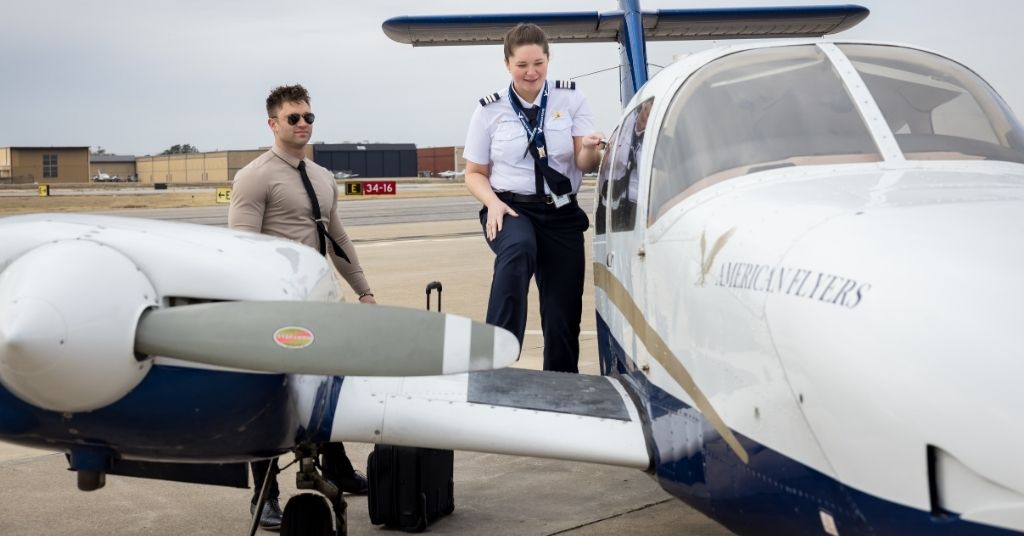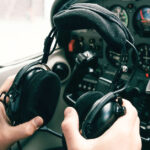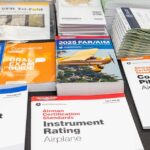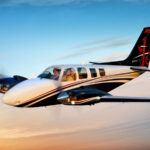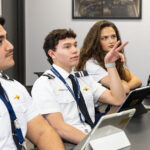Flying is a pursuit that rewards precision, discipline, and consistency. But it also thrives on variety. As pilots, we spend countless hours refining procedures and mastering fundamentals, often in the same aircraft, over the same routes, and in predictable conditions. While repetition is valuable, staying within your comfort zone for too long can limit your growth as a pilot.
If you’re serious about becoming a well-rounded aviator, you must eventually venture beyond the familiar. Whether you’re working toward your next rating or sharpening your skills as a private or commercial pilot, real progress begins when you challenge yourself to fly outside your norm.
Why Routine Can Limit Development
It’s easy to become proficient in controlled environments. Flying from the same home airport in perfect weather and familiar airspace builds confidence, but it doesn’t fully prepare you for the complexity and unpredictability of real-world aviation.
When you repeatedly fly in ideal conditions and avoid situations that make you uncomfortable, such as flying into controlled airspace, operating under IFR, or managing crosswinds, you miss opportunities to learn. A skilled pilot isn’t just someone who flies well on clear days. It’s someone who can confidently manage complexity, make sound decisions under pressure, and stay calm when things don’t go according to plan.
Embrace New Airspace and Airports
One of the simplest ways to challenge yourself is to fly into new environments. If you’ve only operated from non-towered airports, plan flights to Class D, C, or even Class B airspace. Communicating with air traffic control and navigating busy corridors will expand your comfort zone and deepen your understanding of airspace procedures.
Landing at unfamiliar airports—especially those with short runways, unique terrain, or heavier traffic—forces you to adapt. Each new airport helps sharpen your preflight planning, situational awareness, and decision-making.
Experience Real-World Weather
Weather is a dynamic and unavoidable part of aviation. Learning to fly in less-than-ideal conditions is essential. While safety should always come first, you can gradually introduce more weather complexity into your flying in a controlled, deliberate way.
Fly on days with lower ceilings or moderate crosswinds that are still within your capabilities. If needed, fly with a CFI. Use those opportunities to build confidence and learn how weather affects aircraft performance. Instrument-rated pilots should seek out actual Instrument Meteorological Conditions (IMC) conditions, rather than relying solely on simulator or hood training. The experience of navigating through clouds, rain, and turbulence in real time offers insight no textbook can match.
Switch Up the Aircraft
Another valuable way to stretch your skills is by flying different types of aircraft. Transitioning to high-performance, tailwheel, or multi-engine aircraft challenges your coordination, systems knowledge, and judgment.
If you’ve only flown glass cockpits, try training in an aircraft with analog instruments to hone raw flying skills. Or, if you’ve never flown with an autopilot, spend time learning to integrate automation into your trip. Each new aircraft forces you to reengage with the fundamentals and adapt your techniques.
Simulate Emergencies and Unusual Scenarios
Practice doesn’t make perfect—purposeful practice does. Don’t wait for a real emergency to test your reaction. Use simulators or fly with an instructor to rehearse engine failures, electrical issues, system malfunctions, and abnormal weather deviations. Make it a habit to mentally run through “what if” scenarios or brief them aloud before each flight.
Preparing for the unexpected not only builds confidence, it sharpens your ability to stay calm under pressure, which is a critical trait in aviation.
Use Every Flight to Learn Something New
Pilots who continue to grow are those who actively reflect on each flight. Keep a training journal and after every flight, ask yourself:
- What went well?
- What could I have done better?
- What would I do differently next time?
This kind of debriefing turns ordinary flights into valuable learning opportunities and reinforces habits of continuous improvement.
Fly With Other Pilots
One of the fastest ways to expand your knowledge is to fly with other pilots. Sit in the right seat, observe their techniques, and ask questions. See how they handle weather, approach planning, airspace transitions, or cockpit organization. You’ll pick up tips and habits you can apply to your own flying.
Likewise, flying with a more experienced CFI even after you’re certified can unlock new skills and refresh old ones. At American Flyers, we encourage ongoing mentorship beyond the checkride.
Conclusion: Growth Takes Intention
The sky offers endless lessons if you’re willing to seek them out. As a pilot, you never stop learning. By embracing new experiences, pushing beyond comfort zones, and treating every flight as a chance to learn, you become the kind of aviator who’s prepared, confident, and capable no matter what the skies bring.
At American Flyers, we believe in teaching more than just the basics. We help our students build real-world readiness. That kind of readiness comes not from avoiding challenges, but from confronting them. If you’re ready to take your skills to the next level, we’re here to guide you through every step.




